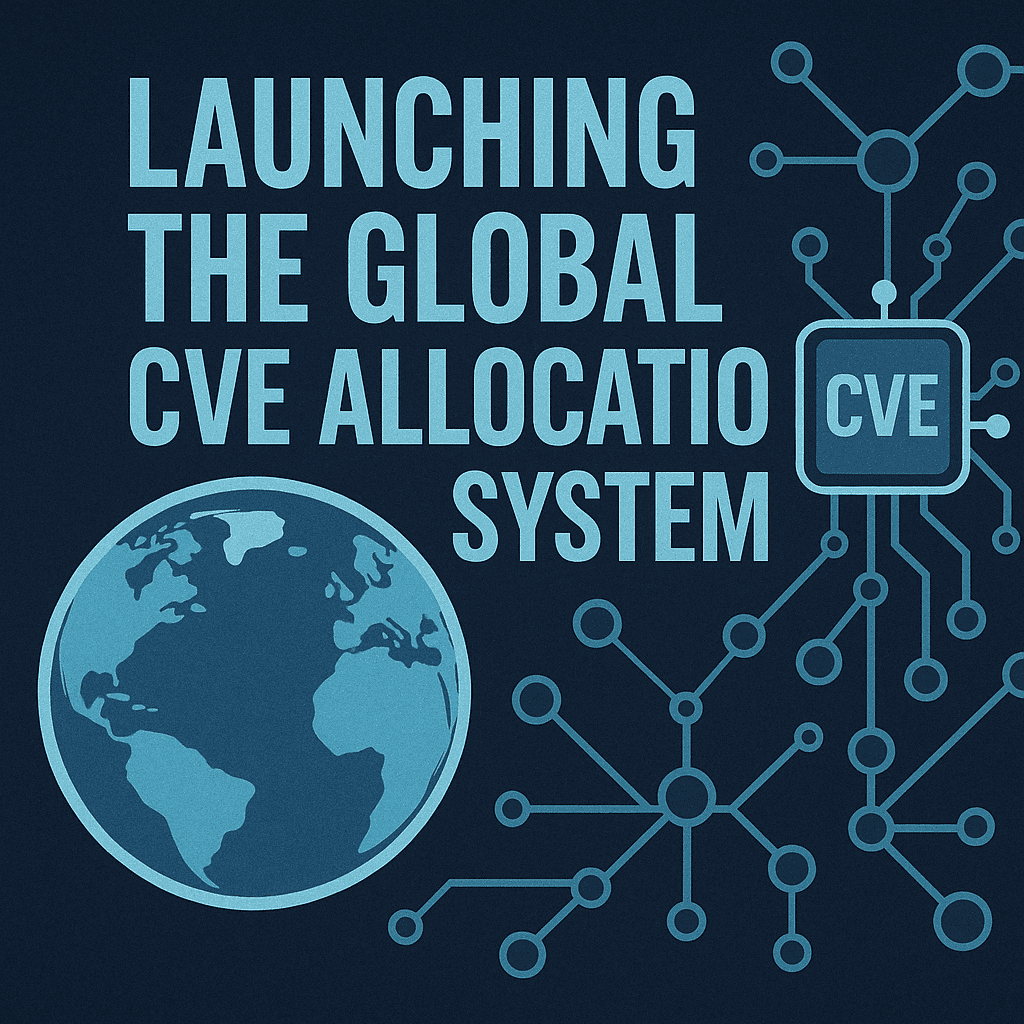
A new initiative, the Global CVE (GCVE) Allocation System, is introducing a decentralized approach to the crucial task of identifying and numbering security vulnerabilities. This system empowers independent GCVE Numbering Authorities (GNAs) to directly assign vulnerability IDs, promising greater autonomy and speed compared to traditional, centralized methods.
GCVE is designed to work alongside the existing CVE program, ensuring seamless compatibility by representing all standard CVEs under the reserved GNA ID 0. The core benefits of GCVE lie in its ability to provide organizations with enhanced flexibility to define their own vulnerability management processes, improved scalability through the removal of central bottlenecks, and decentralized allocation managed directly by the GNAs.
Understanding the Key Components
- GCVE Numbering Authorities (GNAs): GNAs are approved entities authorized to allocate GCVE identifiers. Each GNA receives a unique numeric identifier, which becomes an integral part of the GCVE ID format. GNAs enjoy significant autonomy, including the ability to allocate identifiers at their own pace, define their own internal vulnerability identification policies, and operate independently of a centralized authority.
- Compatibility with CVE: GCVE maintains compatibility with existing CVEs by employing a backward-compatible ID scheme.
The GCVE identifier follows a structured, four-part format: GCVE-<GNA ID>-<YEAR>-<UNIQUE ID>
- GCVE: Prefix indicating it’s a Global CVE ID
- GNA ID: Unique identifier for the allocating GNA
- YEAR: Disclosure or allocation year
- UNIQUE ID: A GNA-specific, unique vulnerability identifier
Example mappings:
| GCVE ID | Description |
|---|---|
GCVE-0-2023-40224 |
Existing CVE (CVE-2023-40224) mapped into GCVE format |
GCVE-1-2025-00001 |
using the GCVE allocation system |
GCVE-5-2024-12345 |
Vulnerability assigned by GNA with ID 5 in the year 2024 |
GCVE does not seek to replace the CVE system, but rather extend it. All existing CVEs are mapped under GNA ID 0, ensuring compatibility and smooth transition: “GCVE maintains compatibility with existing CVEs using a backward-compatible ID scheme.”
In practice, this means software tools that already recognize CVE identifiers can seamlessly integrate GCVE without any architectural overhaul.
Organizations can apply to become GNAs if they meet one of the following criteria:
- Already a CVE CNA
- A recognized CSIRT/CERT via FIRST.org, EU CSIRTs Network, or TF-CSIRT
- A vendor with an assigned CPE name and regular vulnerability disclosures
- A public vulnerability program with accessible disclosure data
Applications require a structured JSON submission, including metadata like:
- Short and full organization name
- URLs to public vulnerability feeds, APIs, and allocation tools
Interested parties can email gna@gcve.eu to request a GNA ID.
Key Benefits of GCVE
- Decentralized Allocation: GNAs manage their own identifiers—no block requests needed
- Policy Flexibility: Custom disclosure and coordination rules
- Scalability: Avoids bottlenecks of the central CVE registry
- CVE Compatibility: Legacy mapping ensures adoption is frictionless
- Automation Support: API and JSON feeds available at https://gcve.eu
As threat volumes surge and software supply chains stretch across borders, centralized models can struggle to keep pace. GCVE empowers the community to distribute responsibility, accelerate disclosure, and modernize vulnerability coordination—without abandoning the CVE standard that security ecosystems depend on.
The launch of GCVE marks a pivotal step toward democratizing vulnerability management—giving the power back to the hands of those on the frontlines of disclosure, defense, and remediation.
Related Posts:
- CVE Foundation Launched to Secure Vulnerability Tracking
- CISA Extends CVE Program Funding to Prevent Critical Service Disruption
- MITRE Warns of CVE Program Disruption as U.S. Contract Set to Expire
- Google Cloud Report Reveals Accidental Deletion of Customer Data
- CVE-2024-56529: mailcow Patches Session Fixation Vulnerability in Web Panel
- Hitachi Vantara Patches Critical Resource Injection Flaw in Pentaho
